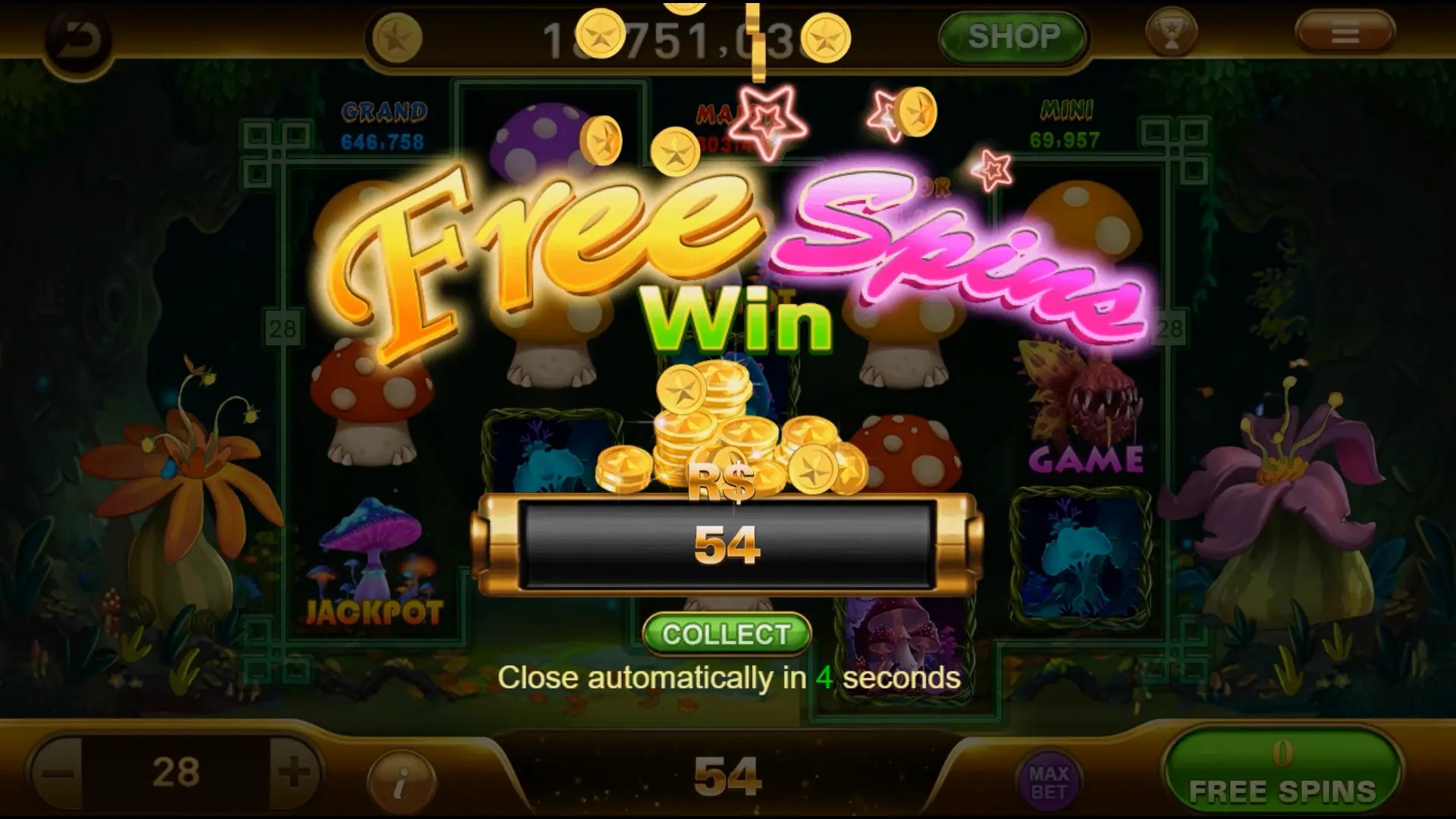Why Sandbox Games Are the Ultimate Escape: The Rise of Idle Games in Gaming Culture
In a world teeming with chaos and responsibilities, gamers increasingly seek solace in the realms of sandbox games. These expansive, open-ended environments offer a unique experience, allowing players to engage with their creativity and explore at their own pace. But within this landscape also lies the popularity of idle games, proving to be a matched parallel to the sandbox experience. Let’s delve into the rise of these genres and their irresistible allure for players.
The Freedom of Sandbox Games
Sandbox games like Minecraft or Roblox have carved themselves a unique niche in gaming culture. They provide players with unlimited freedom to construct, explore, and engage based on their imagination. Here are some key aspects that set sandbox games apart:
- Open World Experience: No fixed storyline confines players, allowing for personalized journeys.
- Creativity Unleashed: Players can create their designs, fostering a sense of ownership.
- Social Interaction: Many sandbox games encourage multiplayer features, enhancing player collaboration.
Why Idle Games are Gaining Popularity
On the other hand, idle games have surged in popularity for their simplicity and accessibility. These games require minimal input, which makes them perfect for casual gamers or those seeking something less demanding. Some notable traits of idle games include:
- Low Commitment: Players can engage without a heavy time investment.
- Rewarding Gameplay: They provide a sense of progression and achievement with each click or tap.
- Instant Gratification: Gamers receive rewards while they are away, creating a cycle of return and engagement.
The Intersection of Sandbox and Idle Games
While sandbox games emphasize creativity and exploration, idle games pull players with their effortless mechanics. With mobile technology advancing, it’s evident that game developers are experimenting with bringing elements from each genre together. Consider the potential advantages:
| Feature | Sandbox Games | Idle Games |
|---|---|---|
| Player Control | High | Moderate |
| Game Duration | Long | Short |
| Engagement Type | Active | Passive |
The Rise of Idle Games: Numbers Tell The Tale
The statistics speak volumes. According to recent research, idle games have seen an uptick of over 30% in player engagement over the past couple of years. This growth could be attributed to:
- Easier access through mobile applications.
- The rise of casual gaming culture.
- Compelling game mechanics that keep players hooked.
Challenges and Criticisms
Despite their growing popularity, both sandbox and idle games face challenges. For sandbox games, some players express frustration over performance issues such as PUBG game crashing after every match, which detracts from the experience. Idle games often face criticism for being less 'game-like' and more akin to simple apps. While the joy of pressing a button to see numbers rise adds an addictive quality, it begs the question of whether they are truly engaging.
Delta Force Beret Flash: A Unique Game Feature
Many games incorporate special features like the Delta Force Beret Flash which often serves as recognition for achievements or accomplishments. Such elements hyperlink the experience from a gaming standpoint, enhancing overall engagement and providing players a goal to strive for.
Conclusion: The Future of Sandbox and Idle Games
As we proceed into the future of gaming, the blending of sandbox and idle genres may lead to innovative new titles that harness the strengths of both. With their capacity for creativity and low commitment, it seems we are only at the tip of the iceberg. These games, while different, cater to the fundamental needs of escapism and engagement in gaming culture. For Georgians and gamers globally, sandbox and idle games may well be the ultimate digital getaway, allowing us to escape reality while still being connected in delightful and accessible ways.



